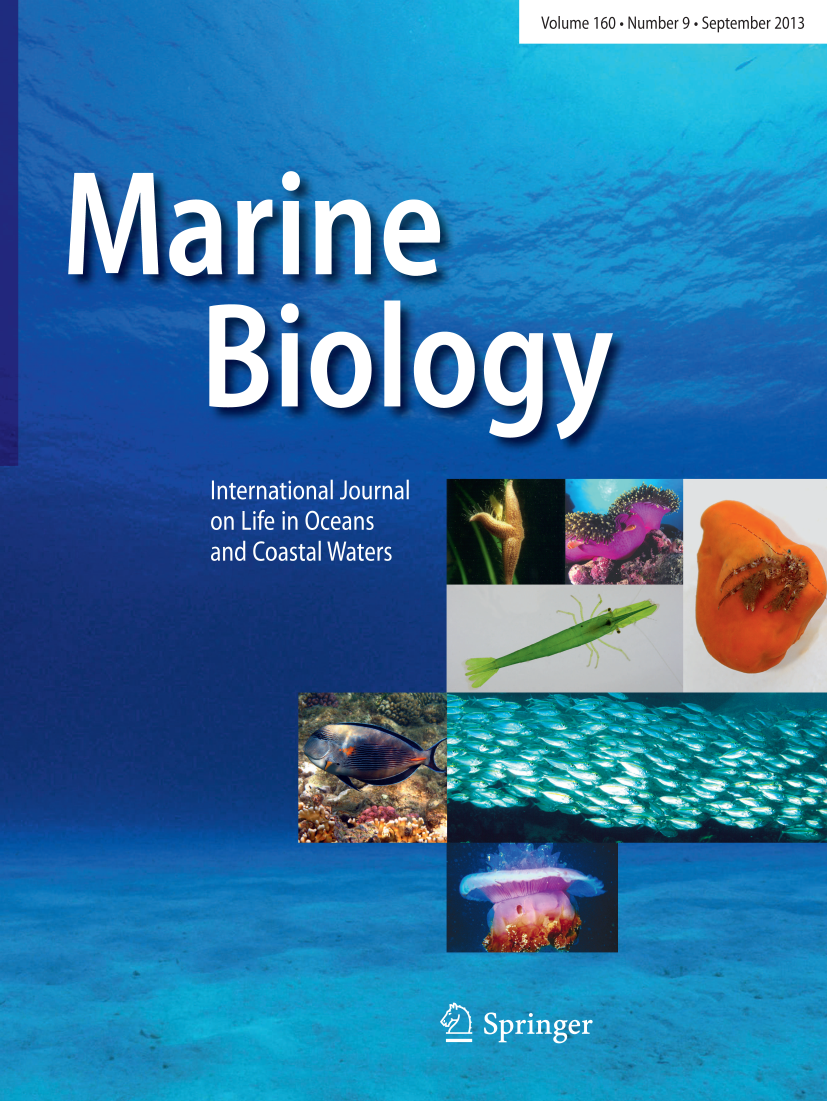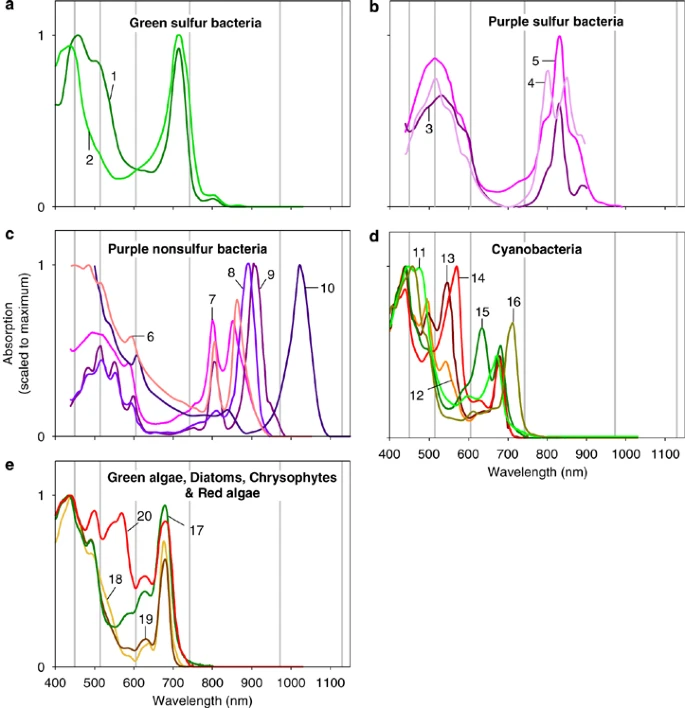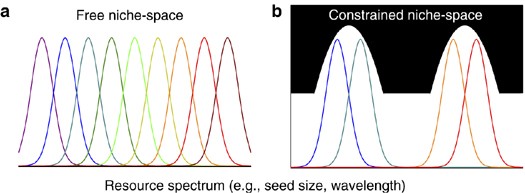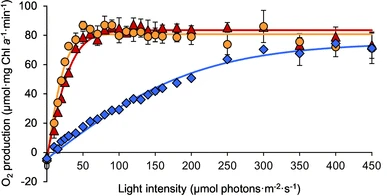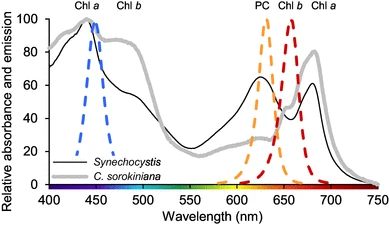Hi Everyone,
If you were ever in any doubt about the importance of light spectrum, please take a look at the following:

 link.springer.com
link.springer.com
Although the document title gives the impression that blue light and cyanobacteria are being spotlighted (pun intended), there is a wealth of information in this paper. In particular:
"Engelmann continued his studies with cyanobacteria from the genus Oscillatoria, demonstrating that in these cyanobacteria, not only red and blue light but also orange light resulted in high O2 production rates (Engelmann 1883, 1884). Engelmann’s findings were criticized for many years, but 60 years later, his results were confirmed by Emerson and Lewis, who showed that the phycobiliproteins of cyanobacteria and red algae play a key role in light-harvesting for photosynthesis".
I have often been concerned that light at some wavelengths may promote algae and/or cyanobacteria - orange light at 625 nm in particular. Many aquarium lighting products have substantial output at this wavelength. I prefer to see products with output at 660 nm corresponding to the peak response of chlorophyll b. And at the blue end of the spectrum, 450nm for chlorophyll a. Oh, yes, and a good helping of green!
JPC
If you were ever in any doubt about the importance of light spectrum, please take a look at the following:

Blue light reduces photosynthetic efficiency of cyanobacteria through an imbalance between photosystems I and II - Photosynthesis Research
Several studies have described that cyanobacteria use blue light less efficiently for photosynthesis than most eukaryotic phototrophs, but comprehensive studies of this phenomenon are lacking. Here, we study the effect of blue (450 nm), orange (625 nm), and red (660 nm) light on growth of the...
Although the document title gives the impression that blue light and cyanobacteria are being spotlighted (pun intended), there is a wealth of information in this paper. In particular:
"Engelmann continued his studies with cyanobacteria from the genus Oscillatoria, demonstrating that in these cyanobacteria, not only red and blue light but also orange light resulted in high O2 production rates (Engelmann 1883, 1884). Engelmann’s findings were criticized for many years, but 60 years later, his results were confirmed by Emerson and Lewis, who showed that the phycobiliproteins of cyanobacteria and red algae play a key role in light-harvesting for photosynthesis".
I have often been concerned that light at some wavelengths may promote algae and/or cyanobacteria - orange light at 625 nm in particular. Many aquarium lighting products have substantial output at this wavelength. I prefer to see products with output at 660 nm corresponding to the peak response of chlorophyll b. And at the blue end of the spectrum, 450nm for chlorophyll a. Oh, yes, and a good helping of green!
JPC


